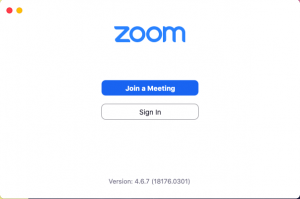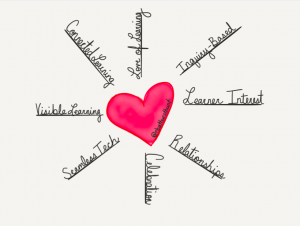Well here we are, COVID-19 has sadly shutdown UVIC and we are carrying on with online classes and school work… Luckily, there are a number of computer-accessible platforms that can help students and professors to share information, finish assignments, and facilitate various forms of online discussions (whether those be written or oral through phone calls or programs like facetime and Zoom).
In this blog post, I am specifically discussing Zoom, as it is the program allowing this Technology class to continue. Zoom is a free video-conferencing application that is compatible with Mac, Windows, Linux, iOS and Android, hosts up to 100 participants, and features the following and more:
- HD video
- HD voice
- Active speaker view
- Fullscreen and gallery view
- Simultaneous screen sharing
- Virtual backgrounds
- Private and group chats
- Host controls
- Raise hand function
- Breakout rooms
There are Zoom plans that cost money and boast more exclusive features, but for this class’s purposes, the free version worked magically. Four or so groups used the screen sharing function to present slideshows on their inquiry, while the rest of us were able to mute ourselves, watch, and listen. There was also the option to turn off your camera so that you could hide your face while still observing and partaking actively in the discussion. I made use of this simply because I hadn’t showered or gotten ready for the day when we started the call and was still rocking some major bedhead. I am interested to see how using this program goes next week when it is my group’s turn to present and make use of the screen sharing function, so I’ll keep you updated!




